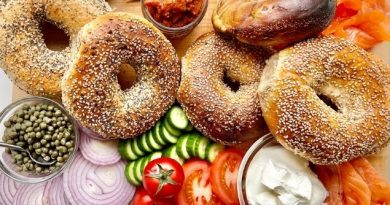What is Kale?
Best Vegan Super Food: KALE
Kale is a superfood. Member of the cabbage family, but with a milder flavor and pretty, frilly green leaves.
Kale is an optimized source of vitamin C and A. It’s also one of the best plant sources of readily absorbed calcium, which is especially important for vegans. Winter dishes can become dull and starchy, and kale can interest nutrition and variety. Kale is at its best in the coldest months and becomes even sweeter after a light frost.
Selection and Storage of Kale
There are too many ways. Dark green curly kale is the most common. Russian kale has magenta stems, and flatter leaves sometimes tinged with red. Tuscan or dinosaur kale has flat, dark blue-green leaves with a bumpy surface. All kale should have firm leaves and stems with no yellowing or wilting. Store it unwashed in the crisper drawer of your refrigerator in a plastic bag. Use it within four or five days. The taste becomes robust and bitter.

Preparation
The most time-consuming task when cooking kale is washing it. Dirt and sand can easily hide deep in its leaves. Break off any tough stems and swish kale around in plenty of water. Remove thick stems or ribs by folding leaves in half and pulling the leaf away from the branch. These wide parts take longer to cook than the delicate leaves. Just like spinach, kale shrinks a great deal once cooked. One pound of raw kale will yield about—1/2 cup of cooked.
Recipe Suggestions
Garlic and kale are best friends. Use them together. Also, add kale to any pasta, potato, grain, or bean dish where it will contribute color and nutrition. Young, tender leaves are delicious raw in salads. In most recipes, In most recipes, In most recipes, In most recipes, In most recipes, In most recipes, In most recipes, Kale can be substituted for spinach, chard, or cabbage. Even kids like kale chips.
What Happens If You Eat Kale Daily?
A healthy intake of kale lowers the bad cholesterol and raises the good cholesterol. A study found that drinking kale juice daily for three months increased HDL (good) cholesterol by 27 percent, and at the same time, it lowered LDL (bad) cholesterol by 10 percent. So it means it is suitable for your heart health.
Nutrients Per Serving for Kale (for 130 g)
Calories from Fat: %4.7 g
Protein: 2.5 g
Carbohydrate: 7.3 g
Fiber: 2.6 g
Total Fat: 0.5 g
Saturated Fat: 1 g
Cholesterol: 0 mg
Sodium: 29 mg
Vitamin A: %206
Vitamin C: %134




